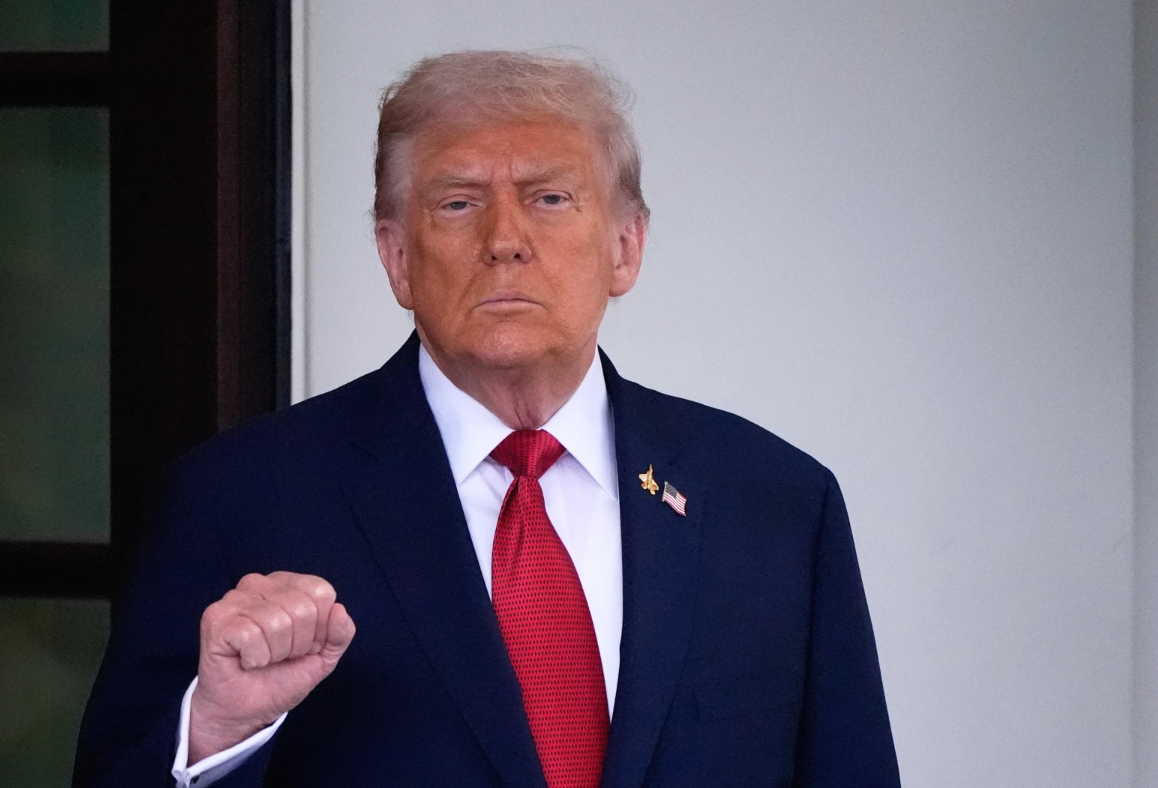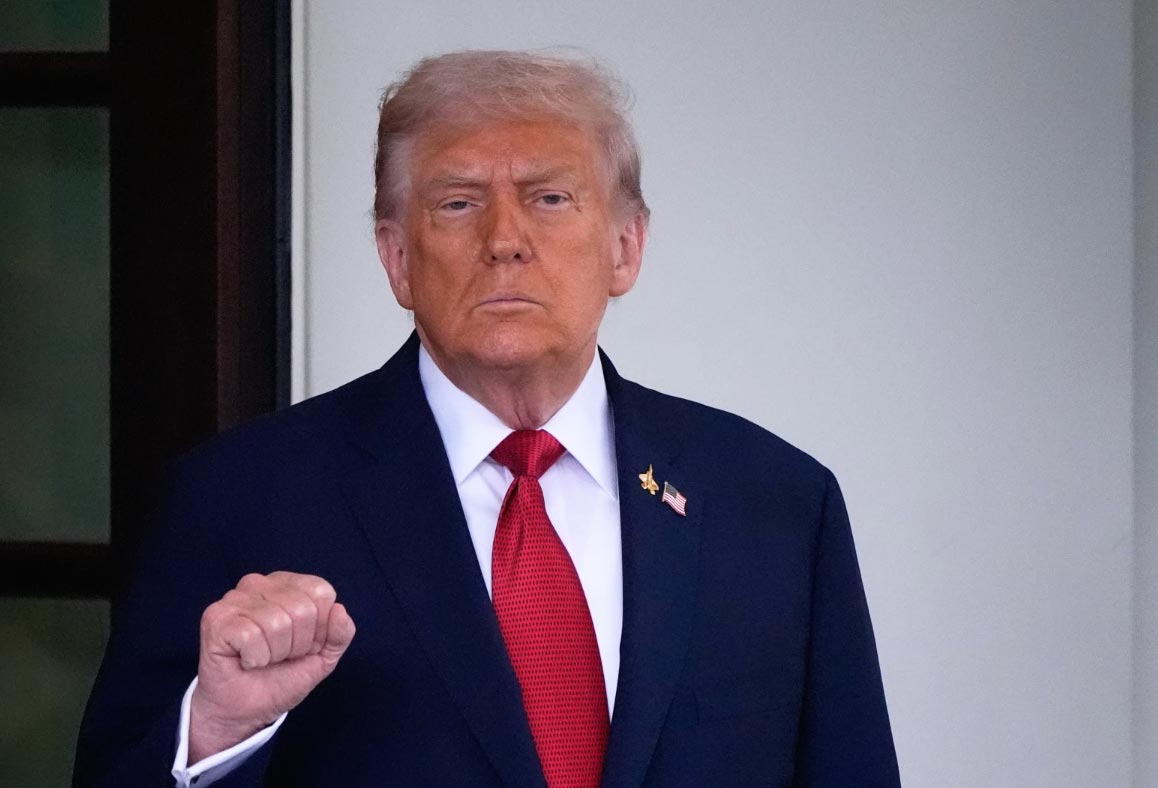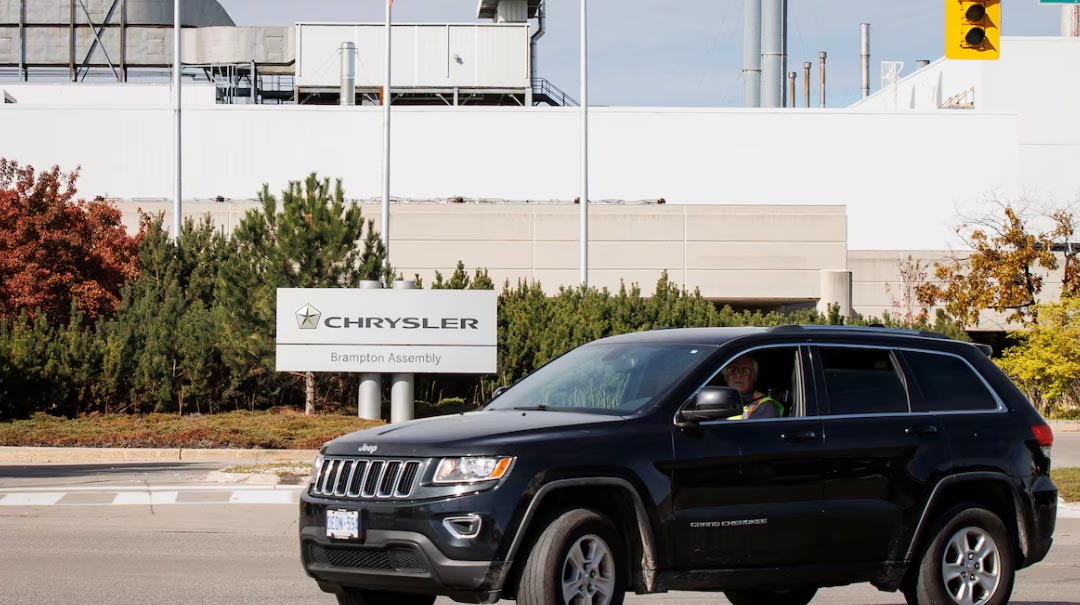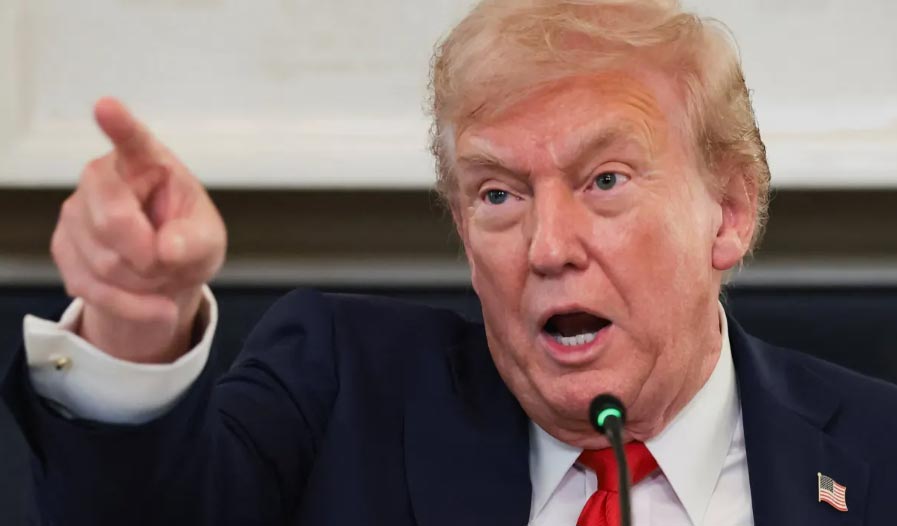 Trade Trends News
Trade Trends News
 2025-11-12
2025-11-12
President Donald Trump announced that, beginning October 1, the U.S. will impose a 100% import tax on pharmaceuticals, a 50% tax on kitchen cabinets and bathroom vanities, a 30% tax on upholstered furniture, and a 25% tax on heavy-duty trucks.

Trump’s social media posts indicate that his tariff strategy is far from over despite the trade framework and import duties introduced in August, reflecting his belief that tariffs will help reduce the federal budget deficit while boosting domestic manufacturing.
Although Trump did not cite a legal basis for these tariffs, he appeared to exceed his executive authority by stating on Truth Social that taxes on imported cabinets and sofas are necessary “for national security and other reasons.”
Under Section 232 of the Trade Expansion Act of 1962, the U.S. government launched investigations in April to assess whether imports of pharmaceuticals and trucks threaten national security. The Department of Commerce also initiated a Section 232 investigation into timber and wood products in March, though it remains unclear whether the new furniture tariffs stem from that review.
Despite a strong stock market, weak job growth and persistent inflation have already introduced uncertainty into the U.S. economy. Economists warn that the new import taxes could raise consumer prices and suppress hiring — trends that data suggest are already underway.
Federal Reserve Chair Jerome Powell recently warned: “We are beginning to see increases in goods prices reflected in higher inflation.” He added that rising goods costs account for “most, if not all,” of this year’s uptick in inflation.
Trump has pressured Powell to resign, arguing that inflation is no longer a problem and that the Fed should move more aggressively to cut interest rates. However, ongoing tariff uncertainty has made Fed officials cautious about rate cuts.
On Truth Social, Trump stated that the new drug tariffs would not apply to companies building manufacturing plants in the U.S., defining such projects as those that have “broken ground” or are “under construction.” It remains unclear how the tariffs would apply to companies already operating domestic facilities.
According to the U.S. Census Bureau, the U.S. imported nearly $233 billion worth of pharmaceuticals and medical products in 2024. Some drug prices could double, potentially straining voters’ budgets as healthcare expenses — along with Medicare and Medicaid costs — rise sharply.
The announcement shocked many observers, as Trump previously suggested tariffs would be phased in gradually to allow companies time to build factories and shift production. In an August CNBC interview, he said he would start with “a small tariff” on pharmaceuticals, then raise it to 150% or even 250% over a year or more.
White House officials said earlier threats of tariffs had already prompted major drugmakers — including Johnson & Johnson, AstraZeneca, Roche, Bristol Myers Squibb, and Eli Lilly — to announce new U.S. investments.
However, Pascale Chen, Vice President for Strategic Policy and Supply Chains at the Canadian Chamber of Commerce, warned the measures could harm Americans’ health, causing “immediate price increases, strain on insurance systems, hospital staff shortages, and a real risk that patients may have to ration or forgo essential medications.”
The new cabinet tariffs could also raise homebuilding costs at a time when buyers are struggling with housing shortages and high mortgage rates. The National Association of Realtors reported Thursday that while price pressures are easing slightly — new listings in August rose 11.7% year-over-year — the median home price remains at $422,600.
Trump said imported heavy trucks and parts are hurting domestic producers, claiming the tariffs are needed to protect U.S. manufacturers.
“Major truck makers like Peterbilt, Kenworth, Freightliner, and Mack Trucks will be shielded from outside interference,” he posted.
Trump has consistently argued that tariffs are essential to forcing companies to invest in U.S. manufacturing, dismissing concerns that importers will pass most of the costs to consumers and businesses.
His legal justification relies on a 1977 emergency economic statute, which allows extraordinary measures during national emergencies. Two federal courts have already ruled the sweeping tariffs exceed his presidential authority, and the Supreme Court is set to hear the case in November.
Despite evidence to the contrary, Trump continues to claim inflation is no longer an issue. Over the past 12 months, the Consumer Price Index (CPI) has risen 2.9%, up from 2.3% in April — when Trump first introduced broad-based import tariffs.
There is also no sign that the tariffs have created factory jobs or stimulated new manufacturing construction. Since April, the Bureau of Labor Statistics has reported 42,000 manufacturing job losses and 8,000 construction layoffs.
“There is no inflation,” Trump told reporters. “We’ve had incredible success.”
Still, he acknowledged that tariffs on China have hurt U.S. farmers, particularly soybean producers. On Thursday, he pledged to redirect tariff revenues to assist farmers impacted by trade conflicts, similar to his actions in 2018 and 2019, when his tariff policies triggered foreign retaliation against U.S. agriculture.
Category
Leave Message for Demo Request or Questions


 T-info
T-info T-discovery
T-discovery

 My
Tendata
My
Tendata Market Analysis
Market Analysis Customer
Development
Customer
Development Competitor
Monitoring
Competitor
Monitoring Customer Relationship
Customer Relationship



















